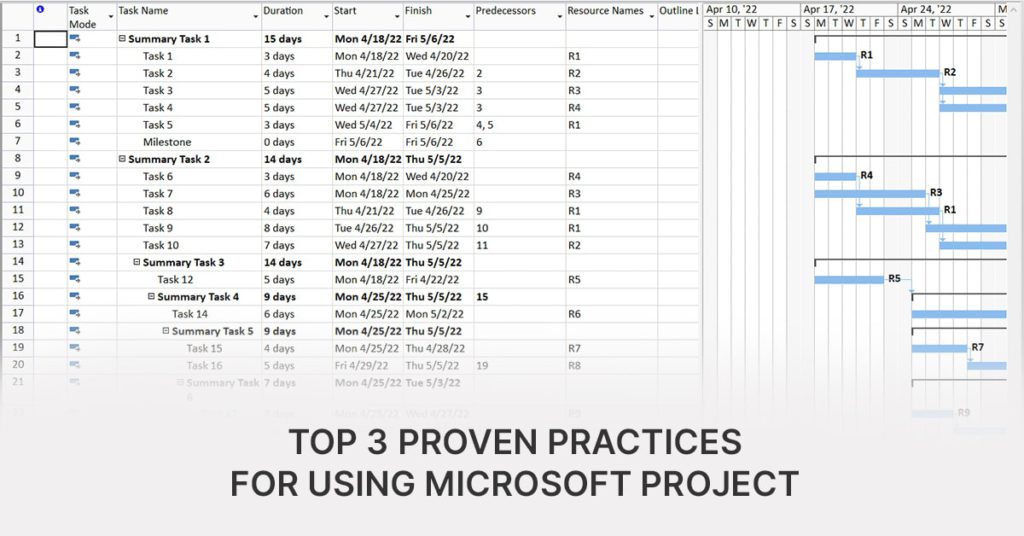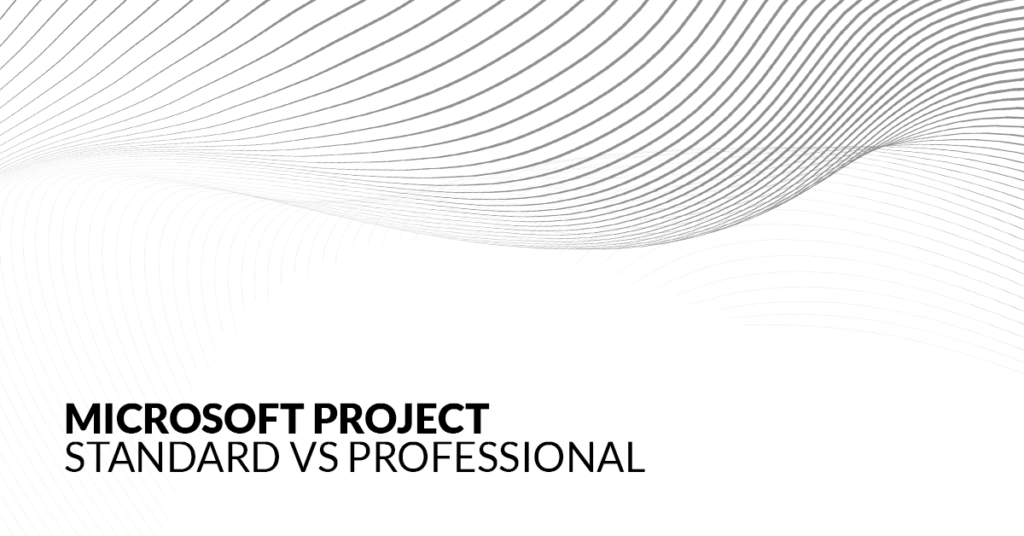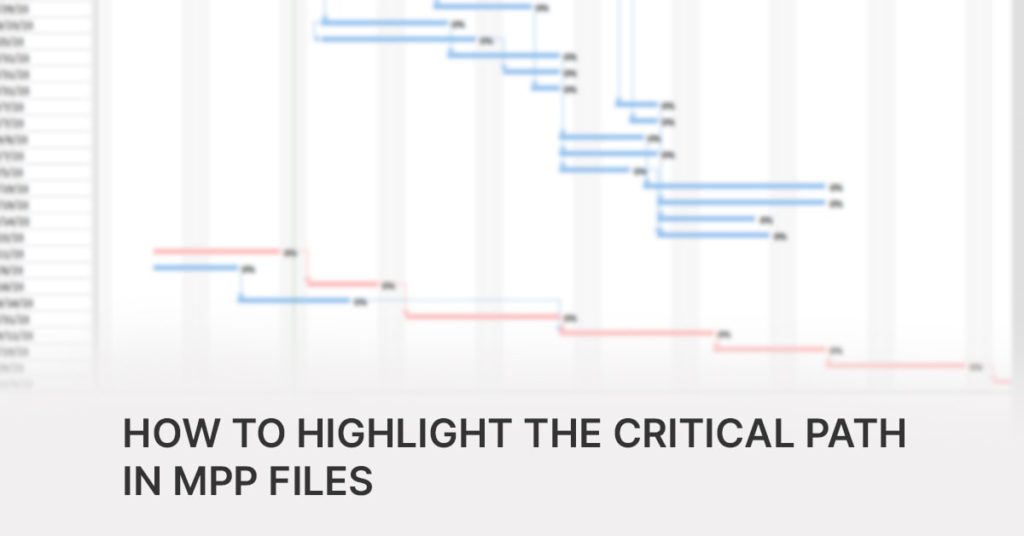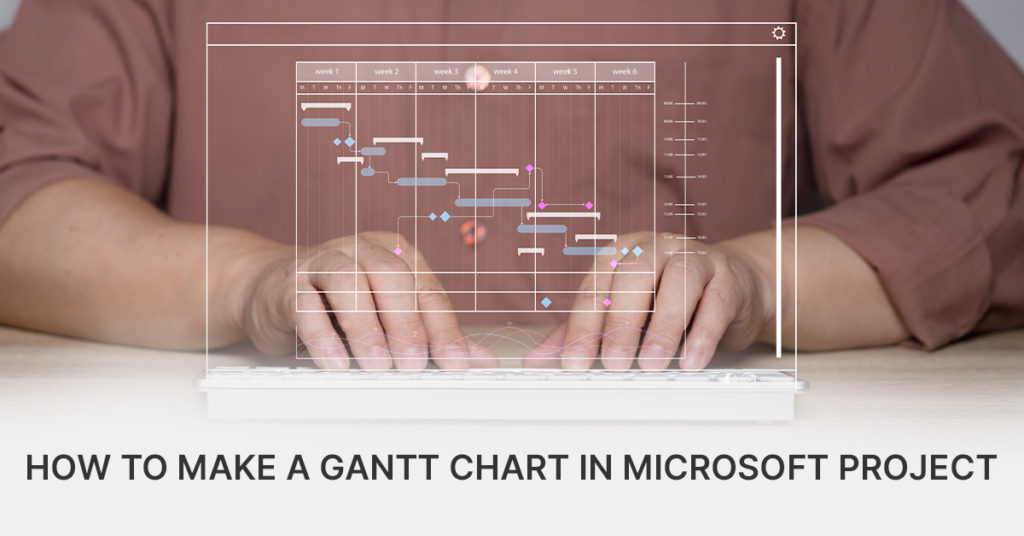Projects of various complexity can be planned, monitored, and managed with Microsoft Project, an all-inclusive project management tool created and distributed by the Microsoft Corporation, a behemoth in the technology industry. The software helps teams and project managers create project plans and streamline the information with project participants to successfully steer projects to completion.
In this article, we will provide a more detailed overview into how Microsoft Project is used for project management.
From Project Planning to Execution: Harnessing the Power of Microsoft Project
1. Developing a comprehensive project plan.
Microsoft Project at its core is used to create the project plan. After the project scope is defined and all project objectives, and deliverables are outlined, they must be broken down into manageable components, represented within the project plan. Developing a project plan in Microsoft Project involves several key steps:
- The first step is to create the Work Breakdown Structure (WBS). WBS provides a hierarchical framework to efficiently break down the project scope into smaller jobs.
- The following steps are to determine the dependencies between tasks and estimate the time needed to perform each activity. This also entails determining which essential tasks may be carried out concurrently and which ones must be finished in order. It is also useful to set deadlines and task constraints.
- The next key step is the assigning of resources (such as team members (work type resources), costs and materials) to each task according to the resource availability and skill level.
When the project plan is created, it can be further reviewed for any alterations, and optimized for asset utilization. Along with the definitive version, a baseline is also created to capture the state of the original schedule and resource allocations. This provides a reference point for tracking progress and comparing actual performance against the planned schedule.
Having a well-structured project plan helps project management in the following ways:
-
- It provides a clear roadmap for the project, which helps everyone have a clear focus on the upcoming tasks needed to complete the project and ensures that all stakeholders are aware of their roles and responsibilities.
- The project plan also helps project managers to identify and manage any potential risks and influences on the project, allowing them to complete the project on time and on budget.
- It also allows for accurate reporting on the project progress and status.
2. Managing project throughout execution phase.
The project plan must be monitored and regularly updated to reflect the actual progress, completed tasks, and any changes to the schedule or resource allocations throughout the project’s lifespan.
Once the creation of the project plan is completed and approved, the data inside the plan must be communicated to the different project participants for them to be able to carry on with their activities and drive the execution forward. A common way to disseminate information from the project plan to the project participants involves using .PDF documents.
However, sharing project information in PDF often leaves project participants overwhelmed with the sheer volume of prints or pages of project data, which is delivered to them in static, hard-to-understand format. Furthermore, participants are left with having to use pen and paper, phones, or other channels to relay back status updates, which lowers the efficiency of the reporting process and contributes to inefficient communication workflows, loss or inaccuracy of reported data, and potential project delays.
On the other hand, sharing the project data as .mpp files is a much more convenient approach.
In addition to sharing data as PDF documents, the project manager can export the project plan as .mpp and share it with the selected project stakeholders. However, a major drawback of this workflow is that the .mpp files can be read with the Microsoft Project software, which requires a licensed copy for each user.
Together with the MS Project software, a special type of application called project viewers can be used to view the data in .mpp files without having to have a licensed version of Microsoft Project.
Seavus Project Viewer
Seavus Project Viewer is a project viewer application used by leading Fortune 500 companies and over 6M+ individual users to view the project data from existing .mpp files.
Seavus Project Viewer visualizes the project data with 100% accuracy as it was originally created and seen in the Microsoft Project application. It helps project participants see their assigned tasks, and visually analyze project data, allowing them to identify and resolve challenges early on.
By using the different views and navigating through the project data with the different filters and other functionalities, users can easily see key milestones, view, and follow the critical path of activities to keep the project on time, and more. Project managers can also quickly analyze workload, identify the impact of slips and understand the slack of activities to better prioritize resource allocation.
Project viewers provide essential stakeholders and project participants with interactive and dynamic view-only access to project plans and the data inside. They allow project plan data to be available across the organization and help standardize the workflow of sharing information and receiving feedback on project tasks.
Seavus Project Viewer also comes with a unique Task Update functionality and an add-in for Microsoft Project, that enables a two-way collaboration channel between the project manager and the broader project team.
Project team members can provide the project manager with progress reports on the tasks or assignments they have been allocated via the Task Update. Project managers can monitor the progress of their projects and ensure that a project plan is updated to reflect the current state of project tasks by using these real-time updates.
On the following links you can download the Task Update add-in for Microsoft Project, as well as Seavus Project Viewer:
3. Meaningful reporting
Reports serve a crucial role in providing insights and communicating key project information to stakeholders.
The Microsoft Project software allows the creation of reports that help:
- Communicate project data: They help to communicate project progress, status, and key metrics to stakeholders, team members, and management. They help in presenting complex project data in a clear and understandable format, facilitating effective communication and decision-making.
- Track Progress: Reports allow project managers to track and analyze project progress against the baseline plan. They provide visibility into completed tasks, remaining work, milestones achieved, and any deviations from the planned schedule or budget. This enables timely identification of issues and proactive management of project risks.
- Manage Resources: Reports provide insights into resource utilization, workload distribution, and resource availability across different tasks and projects. They help in identifying resource bottlenecks, optimizing resource allocation, and ensuring that resources are utilized efficiently to meet project objectives.
- Analyze Budget and Costs: Reports help in observing project expenses and budget utilization. They give point-by-point data on budgeted versus actual costs, cost variances, empowering project managers to better control costs and make informed decisions to stay within budget limitation.
- Evaluate Performance: Reports enable performance evaluation of project teams, individual team members, and project activities. They provide metrics such as task completion rates, resource productivity, schedule adherence, and quality metrics, allowing project managers to assess performance, identify areas for improvement, and recognize achievements.
Reports are helpful tools that help stakeholders to make informed decisions, address challenges, and achieve project objectives effectively. In addition to Microsoft Project, predefined reports, similar to those in Microsoft Project, can also be viewed within the Seavus Project Viewer.
Seavus Project Viewer offers a comprehensive range of reports to support project management activities, including overview of project status, task reports for task-level details, resource reports for resource utilization, cost reports for budget management, schedule reports for timeline tracking, risk reports for risk assessment, and custom reports for personalized reporting needs. These reports enhance project visibility, facilitate communication, and enable informed decision-making to ensure project success.
Why consider using Microsoft Project in 2024
Microsoft Project remains a valuable tool for project management, and these are some of the reasons why:
- Comprehensive features to support project management: Microsoft Project offers a wide range of features to support project planning, scheduling, resource management, and collaboration. It provides tools for creating Gantt charts, defining tasks, allocating resources, setting timelines, tracking progress, managing budgets, and generating reports, making it a comprehensive solution for project management.
- Compatible for use with Seavus Project Viewer: Combined with the Microsoft Project software, Seavus Project Viewer improves communication and team efficiency. It brings standardized workflows of sharing data in place, helps make data available throughout the organization, and allows for better reporting and insights into key project data that help stakeholders move the projects in the right direction.
- Scalability and industry recognition: Microsoft Project is suitable for projects of varying sizes and complexity, from small initiatives to large-scale enterprise projects. The software is recognized and used across many diverse industries, making it a standard tool for project management in many organizations.




